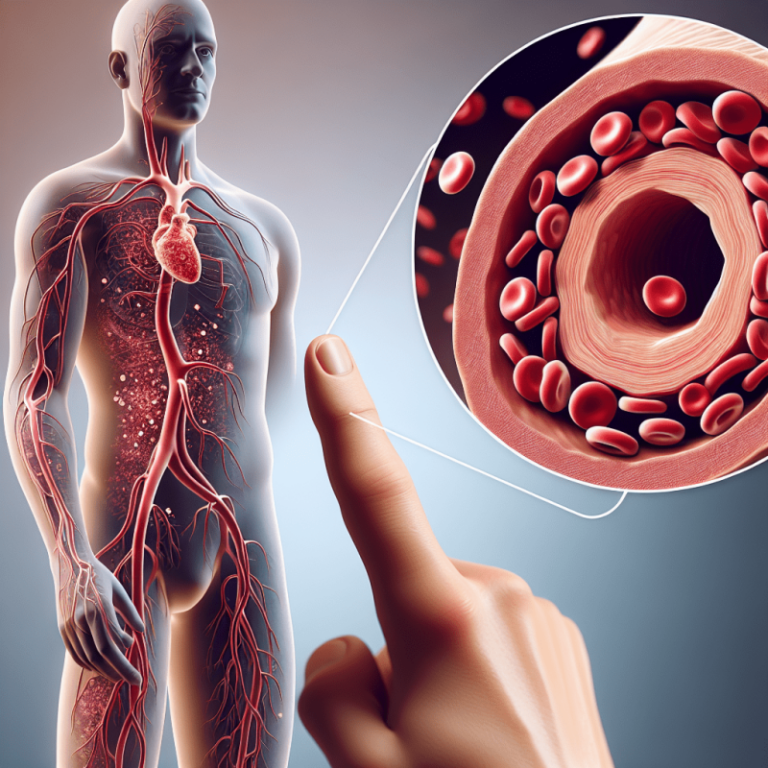What is the Lewis Phenomenon?

The Lewis Phenomenon, more commonly called the Hunting Response, is an example of the body’s natural responses to the cold. This natural process helps regulate body temperature and protect against frostbite. As part of the body’s survival mechanisms, the Lewis Phenomenon offers insights into how humans adapt to extreme environments while maintaining critical physiological functions.
The Hunting Response has practical applications in modern health and wellness. From cryotherapy to cold-weather training, understanding the Lewis Phenomenon can guide strategies for injury recovery, performance optimization, and even day-to-day decisions about cold exposure.
Explore the science behind this phenomenon, its connection to thermoregulation, and its relevance in both natural and applied settings.
What is the Lewis Phenomenon?
The Lewis Phenomenon allows the body to adapt to cold temperatures. When skin is exposed to cold, a physiological response triggers heat retention and distribution to balance throughout the body, reducing the risk of injury.
History of the Lewis Phenomenon
Named after Thomas Lewis, a prominent British cardiologist, this phenomenon was identified during studies on frostbite and the body’s response to cold. Today, research explores the potential health benefits of controlled cold exposure, including cryotherapy, which uses the principles of this phenomenon for recovery and wellness.
How the Hunting Response Works
This mechanism, which likely evolved as a survival adaptation, is a key aspect of thermoregulation—the process by which the body maintains a stable internal temperature despite environmental changes. When exposed to cold, the body responds with vasoconstriction, which reduces blood flow to the extremities, keeping body heat near vital organs.
After five to ten minutes, blood vessels undergo vasodilation. This temporarily increases blood flow to the extremities to prevent tissue damage and frostbite. This alternating increase and decrease in blood flow allows the body to maintain core temperature during cold exposure, minimizing the risk of injury.

Cryotherapy
Understanding how the body regulates temperature and adapts to its environment has practical implications in medicine, sports, and daily life. Using controlled cold exposure, or cryotherapy, relies on the principles of vasodilation and vasoconstriction for various health and wellness benefits.
- Muscle recovery is a common cryotherapy use, especially for fitness and athletic professionals. Studies have shown that using cryotherapy methods such as ice baths or cold water immersion can reduce recovery time and offer relief for those suffering from Delayed Onset Muscle Soreness (DOMS).
- Vasodilation and vasoconstriction improve circulation by reducing systemic vascular resistance, allowing the blood vessels to relax and increasing blood flow.
- A recent study found that whole-body cryotherapy helped improve memory retention and cognitive function.
- Chronic pain has a history of being managed with cryotherapy both locally, such as ice packs, and non-locally through partial or whole-body cryotherapy.
The Hunting Response and Thermoregulation
Concept of Thermoregulation
Thermoregulation ensures constant warm blood circulation in cold environments, facilitating continuous tissue oxygen and nutrient supply. Moreover, it enables adaptive thermogenesis, including shivering and non-shivering thermogenesis, allowing the body to adjust its metabolism based on temperature changes. At the core of human survival, thermoregulation maintains a stable internal temperature regardless of external conditions.
Age, fitness, body composition, and environmental adaptation influence how effectively the body responds to cold. Evidence shows that those acclimated to the cold, such as those who live in colder climates, often experience hunting response less intensely than those accustomed to warmer climates. However, there is evidence that a cold-acclimated person may suffer more significant overall heat loss over time.

Daily-life Examples of Hunting Response
Many experience the hunting response without realizing it. Here are a few examples.
- Swimming in cold water.
- Working in a chilly warehouse.
- Walking outside in the snow.
- Touching a cold drink.
During extreme scenarios like winter sports or climbing a frozen mountain, thermoregulation becomes crucial for maintaining body temperature and preventing cold-related injuries.
The Lewis Phenomenon Key Takeaways
The Lewis Phenomenon, or the Hunting Response, illustrates the remarkable adaptability of the human body when exposed to cold environments. The alternating between vasoconstriction and vasodilation protects vital organs, preserves core temperature, and reduces the risk of cold-related injury. This process supports survival in harsh climates and provides applications in modern health practices.
In our daily lives, the Hunting Response reminds us of the intricate systems at play within our bodies. From a brisk winter walk to a deliberate cryotherapy session, this physiological marvel supports health and resilience. Whether aiding muscle recovery, enhancing circulation, or managing chronic pain, the insights drawn from this natural response continue to shape innovative wellness strategies.
By deepening our understanding of the Lewis Phenomenon, we uncover the science behind human adaptation and unlock practical tools to enhance recovery, performance, and overall well-being.



